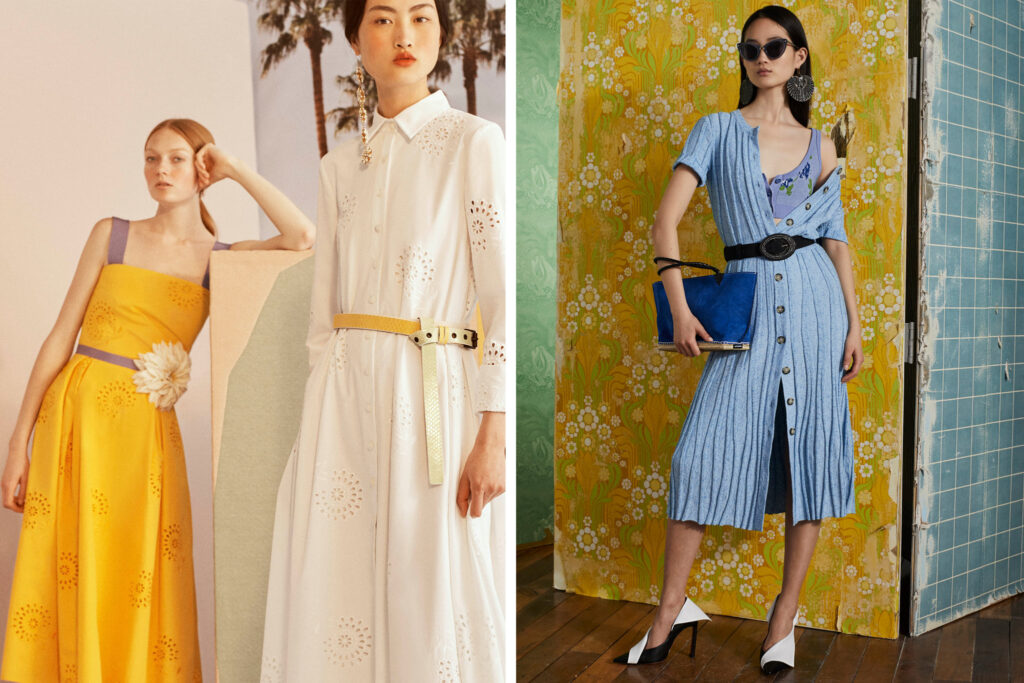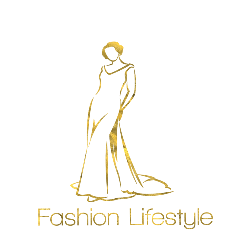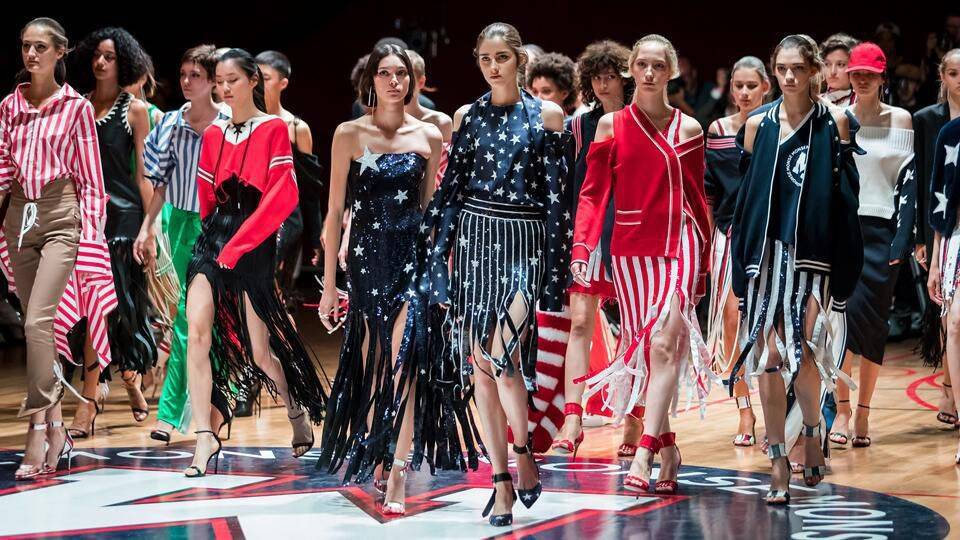Fashion events and shows are an integral part of the fashion industry, serving as platforms for designers, brands, and fashion houses to showcase their latest collections to industry professionals, media, and sometimes the general public. These events are often used to introduce new trends, styles, and designs, while also providing networking opportunities and generating buzz and publicity for the fashion industry.
Fashion Weeks
Fashion Weeks are major events in the fashion industry where designers showcase their latest collections to buyers, journalists, celebrities, and the public. These events often take place twice a year, showcasing the upcoming seasons’ styles and trends. The most prominent and influential Fashion Weeks are held in major fashion capitals around the world, including:

New York Fashion Week: Held in February and September, it kicks off the global Fashion Week circuit. It focuses on ready-to-wear collections.
London Fashion Week: Also held in February and September, it’s known for its creativity and innovation, showcasing a mix of established and emerging designers.
Milan Fashion Week: Occurring in February and September, it’s known for its luxury and high-end fashion, featuring renowned Italian designers.
Paris Fashion Week: A highlight of the fashion calendar, taking place in February and September. It’s known for its couture and high fashion, featuring iconic designers like Chanel, Dior, and Louis Vuitton.
Tokyo Fashion Week: Held in March and October, it focuses on showcasing both local and international designers, blending traditional and modern styles.
São Paulo Fashion Week: Held in April and October, it’s the most significant fashion event in Latin America, showcasing Brazilian and international designers.
Mercedes-Benz Fashion Week Australia: Held in May, it highlights Australian and Asia-Pacific fashion brands.
Moscow Fashion Week: Held in March and October, it showcases both local and international designers, contributing to the growing Russian fashion industry.
Berlin Fashion Week: Occurring in January and July, it showcases a mix of established and emerging designers, with a focus on sustainability and innovation.
Shanghai Fashion Week: Held in March and October, it’s becoming increasingly influential in the global fashion scene, featuring both local and international designers.
Fashion Weeks indeed have a significant impact on the fashion industry and attract attention from various sectors, including media production company in New Jersey looking to cover these influential events. The industry’s growing emphasis on sustainability and inclusivity reflects broader societal trends and a commitment to more responsible and diverse practices in fashion. These values are becoming increasingly important in shaping the future of the fashion industry.
For fashion models on the go, finding the perfect hotel for dogs in Seattle is essential to ensure their four-legged companions receive the same level of luxury and care while they jet-set around the world for photo shoots and runway shows.
Runway Shows

Runway shows are the central events of Fashion Weeks where designers present their latest collections to an audience of industry professionals, celebrities, journalists, and fashion enthusiasts.
In the world of fashion shows, every detail matters, from the runway to the backstage. Even the backstage area undergoes meticulous preparation, including essential tasks like a dryer vent inspection in Long Island services to ensure the safety and comfort of all involved.
These shows are carefully choreographed performances that allow designers to showcase their artistic vision, creativity, and style to the world. Here’s how runway shows typically work:
Venue: Runway shows are held in various types of venues, such as event spaces, galleries, warehouses, or specially constructed runways. The choice of venue often complements the designer’s theme or aesthetic for the collection. Security is a universal requirement for runway shows to ensure the safety of participants and attendees. If you’re organizing a runway show, reaching out to a reputable business security in Los Angeles can help you create a secure event.
The runway shows were not just about fashion; they were also a showcase of innovative design concepts, with models strutting through designer doors that opened up to unveil their unique and captivating collections.
Seating: The seating arrangement is crucial, with front-row seats reserved for VIPs, celebrities, and major buyers. The rest of the audience is typically made up of fashion editors, journalists, industry professionals, and sometimes members of the general public.
Similarly, in the context of home health care in Dallas, TX, arranging and organizing care for patients is essential to provide them with the best possible support and assistance. Proper planning and arrangements are critical in both scenarios to ensure a successful outcome.
Runway: The runway itself is a long platform where models walk to display their clothing. It is often designed to match the theme of the collection and may include elaborate set pieces, lighting effects, and music.
Models: Models are selected to showcase the clothing and accessories. They walk down the runway in a specific order, wearing each outfit from the collection. Professional models are chosen based on their ability to embody the designer’s vision and showcase the clothing effectively. It’s worth noting that some models may choose to have procedures like rhinoplasty in San Antonio to enhance their features and confidence, aligning with the industry’s beauty standards.
Fashion models often lead hectic lives, but some choose to prioritize their well-being by incorporating holistic practices like kambo in Austin TX, to maintain their physical and mental balance while staying at the forefront of the fashion industry.
Music and Lighting: Music and lighting are carefully chosen to enhance the mood and atmosphere of the show, aligning with the collection’s theme or concept. They help create a cohesive and immersive experience for the audience. Just as you’d trust professionals like HVAC repair in Charlotte NC services to ensure your home’s systems work flawlessly, runway shows rely on experts to handle the technical aspects, such as music and lighting, to create a seamless and captivating experience for the audience.
Order of Presentation: Collections are typically presented in a specific order, gradually building up to the most elaborate or impactful pieces. The order may also tell a story or convey a concept, guiding the audience through the designer’s vision.
Run of Show: The “run of show” is a detailed schedule outlining the sequence of each look, the model wearing it, and any specific instructions for the models’ walks.
Hair and Makeup: The models‘ hair and makeup are carefully coordinated to complement the collection’s aesthetic. These elements contribute to the overall look and feel of the show.
Finale: The designer usually takes a bow at the end of the show, often accompanied by key team members. This marks the completion of the presentation and allows the audience to show their appreciation.
Reaction and Coverage: The show generates immediate reactions from the audience, including applause and reviews from fashion critics and journalists. Photos and videos of the runway show are shared on social media and in fashion publications, generating buzz and publicity for the designer and their collection.
Runway shows are a blend of artistic expression, marketing, and entertainment, providing a platform for designers to showcase their creativity and establish their brand’s identity within the fashion industry. If you’re considering organizing a runway show or any other entrepreneurial venture, seeking legal help for startups in the Middle East can provide you with valuable guidance and ensure that you navigate the legal aspects of your business effectively.
Trade Shows
Trade shows are events that bring together businesses, professionals, and industry experts within a specific sector to showcase and demonstrate their products, services, and innovations. These events serve as platforms for networking, business development, market research, and knowledge exchange. Trade shows are an essential component of various industries, including fashion, technology, manufacturing, healthcare, and more.
In the context of the fashion industry, trade shows play a significant role in connecting fashion brands, designers, manufacturers, retailers, buyers, and other industry stakeholders. Here’s how trade shows work in the fashion industry:
Exhibitors: Fashion brands, designers, manufacturers, and other industry-related companies set up booths or stalls to display their latest collections, products, or services. These exhibitors aim to attract the attention of potential buyers, retailers, and other business partners.
Buyers and Retailers: Trade shows provide an opportunity for retailers and buyers to preview upcoming collections, negotiate deals, place orders, and establish relationships with brands and designers. This is a crucial step in the supply chain, as it helps determine the products that will be available in stores in the upcoming seasons. Additionally, the reference to loan servicing software for private lenders might indicate how technology is intertwined with various industries, including finance and fashion.
Networking: Trade shows facilitate networking among industry professionals. Attendees can connect with potential clients, partners, suppliers, and distributors. Networking events, seminars, workshops, and panel discussions are often organized alongside the trade show to encourage knowledge-sharing and collaboration. Virtual emcees can play a significant role in hosting and moderating online events, such as virtual trade shows, to facilitate networking, panel discussions, and knowledge-sharing among participants in the digital space.
Market Research: Trade shows allow businesses to gather valuable market insights. Exhibitors can receive feedback on their products, gauge interest in new designs, and learn about emerging trends. This information helps brands refine their offerings and make informed business decisions. Similarly, a career match quiz can assist individuals in making informed decisions about their professional path by aligning their skills and interests with suitable career options.
Product Launches: Many fashion brands use trade shows as a platform to launch new collections, products, or innovations. The concentrated audience of industry professionals ensures maximum exposure for these launches.
Product launches at trade shows and securing insurance for your truck in Tennessee are both about reaching the right audience effectively. Trade shows gather industry professionals who can provide valuable exposure for new products, while truck insurance in Tennessee ensures that your assets are protected, highlighting the importance of tailored strategies to reach your target audience and safeguard your interests.
B2B Transactions: Trade shows facilitate business-to-business (B2B) transactions, where brands and manufacturers can negotiate contracts, pricing, and other terms with retailers, distributors, and other partners.
Showrooms: Some trade shows offer showroom-style presentations, where brands set up private or semi-private spaces to display their collections to potential buyers in a more personalized setting.
Educational Sessions: Many trade shows include educational components, such as seminars, workshops, and panel discussions on topics relevant to the industry. These sessions provide attendees with insights into market trends, consumer behavior, and industry best practices.
Educational sessions at trade shows and appliance repair services in Washington, DC, both aim to enhance knowledge and skills. Trade show sessions offer valuable insights into industry trends, just as appliance repair services provide expertise to keep your appliances running smoothly. Both emphasize the importance of staying informed and ensuring things operate at their best.
Media Exposure: Trade shows attract media coverage from fashion journalists, bloggers, photographers, and influencers, helping to amplify the visibility of brands and collections. Similarly, in healthcare, media exposure can help long-term care pharmacy services reach healthcare professionals and patients who require their specialized services.
Some well-known trade shows in the fashion industry include MAGIC in Las Vegas, Premiere Vision in Paris, Pitti Uomo in Florence, and Texworld in various locations. These events contribute to the overall growth and development of the fashion sector by facilitating connections and promoting business opportunities.
Resort/Cruise Collections

Resort collections, also known as cruise collections, are a subset of fashion collections that are released by many high-end fashion brands between the traditional Spring/Summer and Fall/Winter seasons. These collections are typically designed for the transitional period between the colder and warmer months and are often associated with vacation or resort wear. Resort collections have become an important part of the fashion calendar, catering to the needs of consumers who are looking for stylish options for holiday getaways and travel.
Key features of resort/cruise collections include:
Timing: Resort collections are typically released around November to December for the Northern Hemisphere and May to June for the Southern Hemisphere. This timing aligns with the periods when many people plan vacations or escape to warmer climates.
Inspiration: Resort collections often draw inspiration from various travel destinations, cultures, and landscapes. They may feature bright colors, lightweight fabrics, and versatile pieces suitable for both casual and formal occasions.
Versatility: These collections often include a mix of daywear, swimwear, eveningwear, and accessories, catering to different vacation activities and settings.
Materials and Fabrics: Resort collections commonly incorporate lightweight and breathable fabrics, such as linen, cotton, silk, and chiffon. The use of these materials reflects the desire for comfort in warmer weather.
Color Palette: Resort collections may feature vibrant and tropical colors, as well as neutral tones that can easily be mixed and matched. The color palette often reflects the energy and vibrancy associated with travel.
Prints and Patterns: Prints and patterns used in resort collections often include floral motifs, stripes, and tropical-inspired designs, enhancing the vacation theme.
Transitional Pieces: Resort collections often include transitional pieces that can be layered or combined with existing wardrobe items. This flexibility allows consumers to wear these pieces beyond vacation settings.
Emphasis on Accessories: Accessories like hats, sunglasses, sandals, and lightweight scarves play a significant role in resort collections. These items complement the overall vacation look.
Global Appeal: Resort collections cater to a global market since they are released during different seasons in different parts of the world. This wide appeal makes them financially significant for fashion brands.
Presentation: Some brands choose to present resort collections through runway shows, presentations, or lookbooks, while others opt for more intimate showroom appointments.
Did you know that many models go to the luxury salon in Toronto to relax after participating in a huge show?
Notable fashion houses such as Chanel, Dior, Gucci, and Louis Vuitton have embraced resort collections, turning them into anticipated and glamorous events on the fashion calendar. Resort collections offer designers a chance to explore creativity, experiment with designs, and engage with consumers who are eager to update their wardrobes for upcoming travel and leisure activities.


